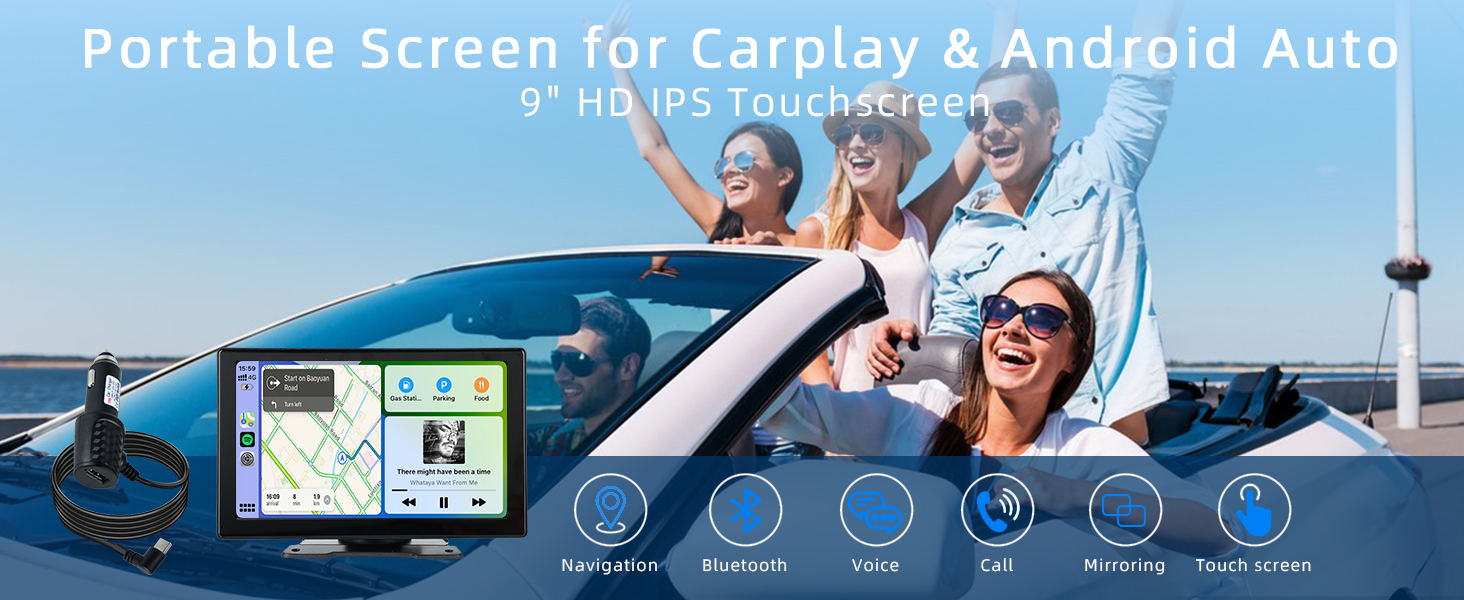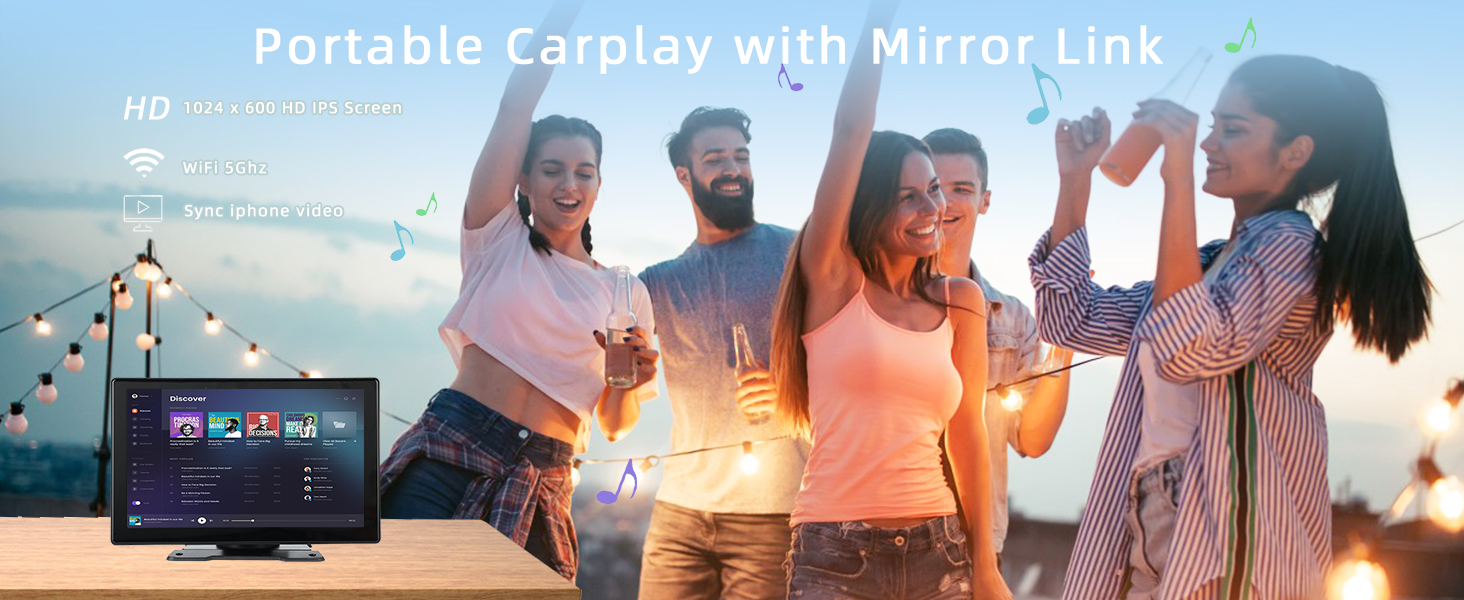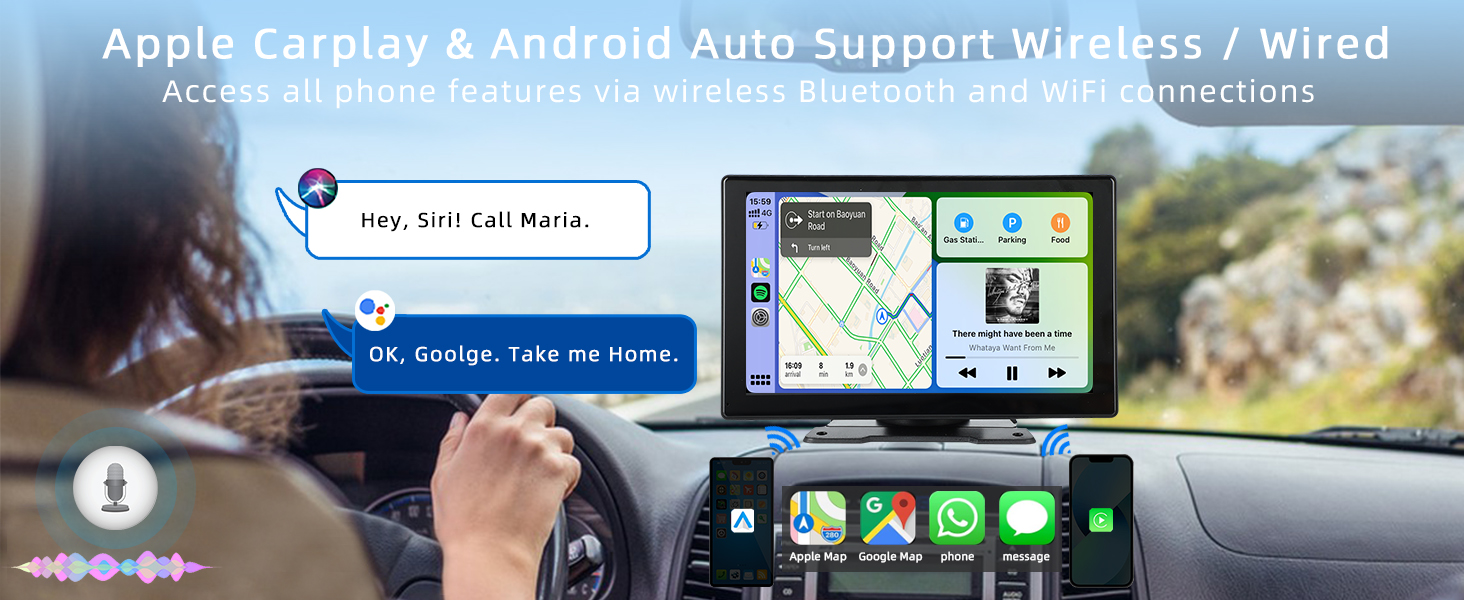The term “Artificial” is a suitcase word (a word with many meanings) that has been slapped on an idea and concept like a QR code on a product.
Some meanings “artificial” conjures up include fake, simulated and sham.
But AI is not any one of those.
Is AI a new human species?
Yuval Harrari is a historian that distilled human history and its evolution into a few hundred pages in this book “Sapien.”
Recently he posed the idea that AI will become a new species of humans.
Robots, aka the new “Oracle,” are entities with complete knowledge, omnipresence, and flawless memory, but they will not lead to our destruction or replacement. Instead, they represent a milestone in the ongoing evolution of Homo sapiens.
He poses the idea that the new AI human (maybe we should call it “AI Sapien”) will grow up next to us.
One of AI’s superpowers is that it is rapidly learning the art of storytelling. That’s what myths are built on and humans place their hopes and dreams on. Stories makes us human. That’s what Yuval sees as an existential threat.
Religion thrives on myths and stories
“Never let truth get in the way of a good story” was a famous line by Mark Twain. And religion has used this to great effect.
Stories from past millenia are preached from the religious pulpit. They are passed from generation to generation in tribal rituals and shared around burning fires by the sages, shamans and chiefs of tribes that have an addictive hold on human imagination and our beliefs.
They gave us common beliefs that were often more fiction than truth. But these stories created communities and became embedded in psyches.
Despite our rational modern world, the rise of science and Darwin’s “Origin of The Species”, reason hasn’t suppressed or replaced religious belief.
In 2015 there were 2.17 billion Christians, 1.6 billion Muslims and 1.03 billion Hindus, according to Pew Research (totaling 4.79 billion people). This global religious believer population is projected to reach 7.02 billion by 2050.
Man’s search for meaning doesn’t seem to be found in a petri dish or in a data center. It seems that it is found in the church, temple or mosque.
The paradox of the modern age is between the two extremes of scientific reason and religious belief. It is the ongoing tension of rational data and science that is wrapped in reason and the human mind that battles the myths and stories that touch human hearts and souls.
Artificial Intelligence is not separate from us
The adjective “Artificial” is defined as “made by human skill but produced by humans as opposed to natural” as defined by dictionary.com
But why should we call it unnatural?
Artificial intelligence isn’t artificial.
It is just human creativity captured in data.
It is human intelligence distilled in vast information recorded on hard drives.
The fuel of AI is human.
It rises out of humanity.
It is just captured in bits and bytes.
Not the natural world as we know it.
Not organic.
But very human.
Distilled in the data of us.
Collected by the Internet of us.
The web of us.
Created by us.
Artificial Intelligence is Augmented Intelligence
The superpowers of AI are many.
The technology created by humans that feasts on the data, creativity, stories, images and videos of innovative sapiens allows us to amplify and augment human intelligence.
AI extends our humanity.
This couldn’t have happened if we didn’t have the web, the Internet, computers and other enabling technologies that mapped human thought, insights and output.

What are the 10 superpowers of AI?
AI’s “superpowers” are its remarkable capabilities that extend, augment, or even surpass human abilities in various domains.
Here are some of the most notable:
1. Processing Speed
AI can process and analyze data at speeds incomprehensible to humans, making it invaluable for tasks that require rapid analysis of vast datasets.
Example: High-frequency trading (HFT) platforms use AI to analyze market conditions and execute orders at speeds beyond human capability, often in milliseconds or microseconds.
2. Pattern Recognition
AI excels at identifying patterns in data—whether it’s spotting trends in financial markets, diagnosing diseases from medical images, or recommending personalized content online.
Example: AI algorithms in Google Photos can recognize and categorize images based on the subjects they contain, such as pets, landscapes, or people, making it easier for users to organize and find their pictures.
3. Predictive Analytics
Leveraging historical data, AI can make predictions about future events, from weather forecasts and stock market trends to potential health risks.
Example: Netflix uses predictive analytics to power its recommendation engine, analyzing viewing habits to suggest shows and movies that users are likely to enjoy.
4. Automation
AI automates routine tasks, from mundane administrative work to complex processes in manufacturing, freeing humans to focus on creative and strategic activities.
Example: Robotics in manufacturing, such as those in Tesla’s factories, where AI-driven robots automate the assembly line tasks, increasing efficiency and precision.
5. Enhanced Decision-Making
By providing insights derived from big data analytics, AI supports better-informed decision-making, reducing the likelihood of human error and bias.
Example: IBM’s Watson assists doctors in diagnosing diseases by analyzing the medical history of patients alongside the latest clinical research and evidence.
6. Language Understanding and Generation
With natural language processing (NLP), AI can understand, interpret, and generate human language, enabling interactions with digital assistants, translation services, and content creation tools.
Example: GPT-3 (Generative Pre-trained Transformer 3) by OpenAI can generate human-like text, translate languages, answer questions, and even create content, demonstrating an advanced understanding of language.
7. Visual Recognition
AI’s ability to interpret and analyze images and videos is unparalleled, aiding in everything from security surveillance to medical diagnosis and autonomous driving.
Example: AI-powered diagnostic tools in healthcare, such as Google’s DeepMind AI, can analyze retinal scans and accurately detect diabetic retinopathy, a condition that can lead to blindness.
8. Innovation in Science and Medicine
AI accelerates research and development in fields like pharmaceuticals and renewable energy by simulating experiments and predicting outcomes, potentially leading to breakthroughs at a fraction of the time and cost.
Example: AlphaFold, developed by DeepMind, has made significant breakthroughs in predicting the 3D shapes of proteins, which is crucial for understanding biological processes and developing new medicines.
9. Customization and Personalization
AI tailors experiences to individual preferences in education, entertainment, and shopping, enhancing satisfaction and engagement.
Example: Spotify’s Discover Weekly uses AI to analyze your listening history and create a personalized playlist each week with songs it predicts you’ll enjoy.
10. Solving Complex Problems
AI tackles complex, multi-dimensional problems that are difficult or impossible for humans to solve on their own, such as climate modeling, quantum computing research, and optimizing transportation systems.
Example: AI is being used in climate science to analyze complex data from earth observation satellites, model climate change scenarios, and help in planning mitigation strategies, such as the work done by ClimateAI.
These capabilities make AI a powerful tool across virtually every sector, from healthcare and education to finance, entertainment, and beyond.
However, with great power comes great responsibility. The deployment of AI requires careful consideration of ethical, privacy, and security implications to ensure these technologies benefit society as a whole.
Last words
The tension of AI and the question we keep asking is “Is it friend or foe?”.
The movie fed beliefs that scream “dystopian” fight the optimists dream of utopia.
Humans are great at creating tools like fire, axes and more recently cars that allow us to:
Do more with less.
Travel faster and think better.
All we need to add to the mix is wisdom.
And that is a bit harder.









